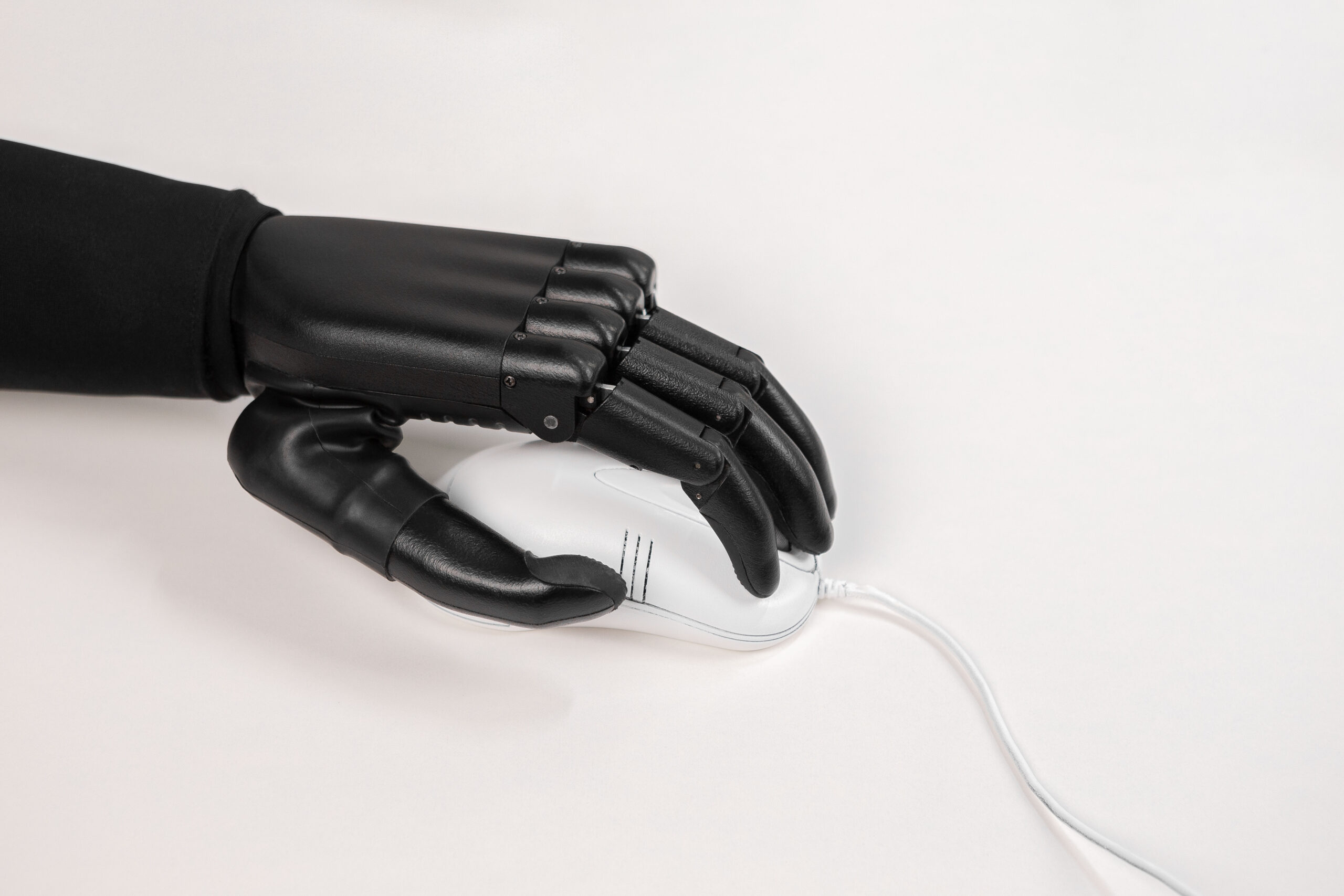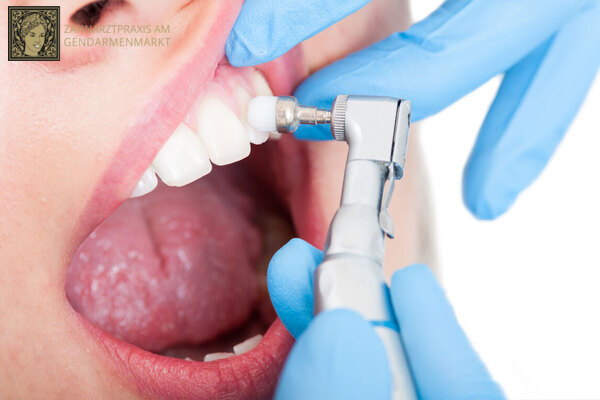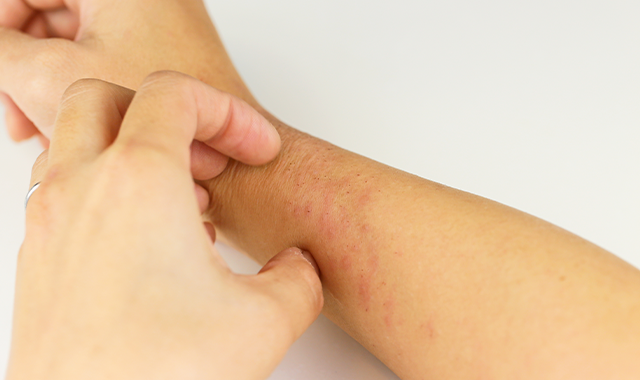COMPONENTS OF BIONIC PROSTHESIS

The term ‘bionic prosthesis’ refers to any prosthesis that is directly in contact with the nervous and/or muscular system of the residual limb. Bionic prosthetic arms use a combination of electronic prosthetic components along with microprocessors, sensors, motors and electrodes. The electrodes pick up electromyograhic (EMG) signals from the muscles of the residual limb which are then amplified to operate the motor and therefore, the prosthetic component.
BASIC COMPONENTS
- Microprocessors
- Electrodes
- Battery
- Controller or control systems
- Prosthetic components
- Microprocessors
The prosthetic components used in bionic prosthesis have electronic motors and gear systems that are fed power through batteries. Microprocessors in these components coordinate and combine the action of these components, to provide the desired actions, thus, behaving like the ‘brain’ of the prosthetic system. These systems can either have a single, central microprocessor that can operate all the components, mounted inside the socket, or there can be separate microprocessors for controlling the function of each component, mounted on or inside the specific component. These microprocessors run through algorithms that are programmed through hand held, wireless personal devices or through interfaced cable system controlled by a computer. Algorithms are programmed to adjust different parameters of the bionic arms, for instance mode selection parameters, input signal amplification and thresholds, output voltages and currents, among a multitude of other parameters.
For pattern recognition, a separate microprocessor is used to establish control of different prosthetic components simultaneously. The major advantage of this pattern recognition function is that it provides direct prosthetic control for a more natural and easy usage pattern.
- Electrodes
The electrodes in the bionic arms are the connection between the source of the signal in the residual limb and the control systems. These are generally surface electrodes (some also use implantable electrodes) that are usually placed in pairs over the agonist-antagonist muscle groups for obtaining the EMG signal. The electrodes are placed inside the socket over the limb and have a control unit to multiple and adjust the gain (increase or decrease the signal). When the electrodes detect signals, they inject them into the control system to imbalance it, causing the prosthetic components to perform their desired function.
- Battery
The battery is the energy storehouse of the prosthetic arm, and functions to supply the required electric power to the motors for operation of the prosthetic components, as needed. The batteries are rechargeable and are of 2 types – (i) the battery is built into the arm where the arm has to be plugged in directly for recharging, (ii) removable battery than can be ejected for charging.
- Controller
The simplest type of control system consists of a switch to regulate the flowing current to the motor. Generally, the controller is made up of an amplifier, a signal processor and a logic unit that makes all the control decisions. The amplifier functions to amplify and increase the electrical signal in magnitude. Common practice is to utilize differential amplifiers as they can easily discriminate and separate any external disturbances. The signal processor is responsible for processing the signal and works on the mean average of its absolute value. The muscles give out alternating current that has to be processed and converted to direct current in order to be picked up by the electrodes. This signal is then used to control the motors in of the prosthetic components.
- Prosthetic components
- Sockets – Depending on the level of amputation, sockets are fabricated by capturing the anatomy of the residual limb and the electrodes of the bionic arm are placed inside the socket, to maintain total contact. It is preferable to make the socket self-suspending or held onto the limb through suction, with the goal to avoid any additional harnessing as it hampers movement. The arm/forearm set ups are attached with the sockets, with space to hold the batteries.
- Powered shoulder, elbow and wrist prosthetic units with motors or mechanical units used in conjunction with the bionic components.
- Terminal Devices – An electronic powered terminal device or mechanical terminal device. The electronic terminal device has an electronic unit, with a switch and motor to allow the opening and closing of the terminal device, allowing the user to perform ADLs. The terminal device is connected to the controller and the threshold and gain is adjusted, as needed by the user.



